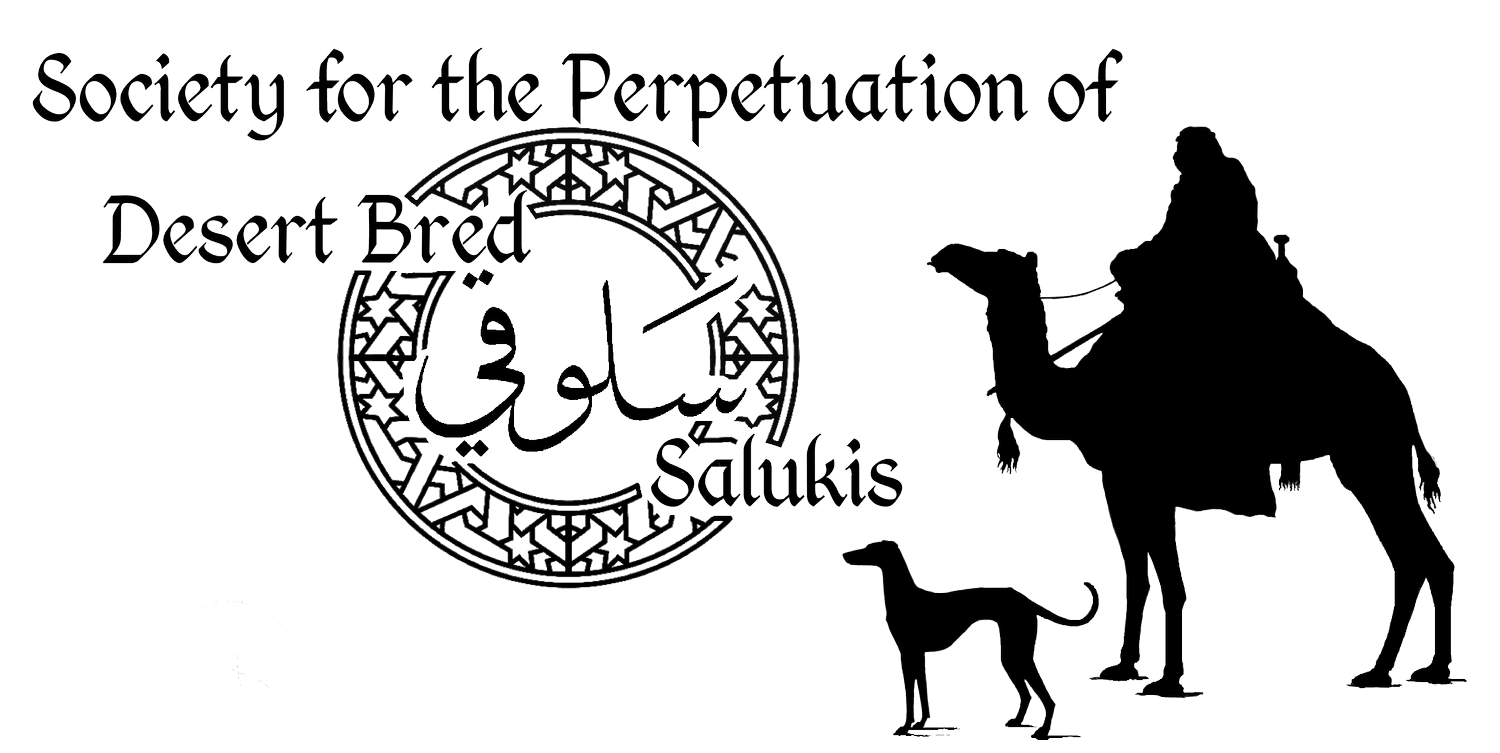SAUDI ARABIA
Religion, tribalism, and oil have written the story of Saudi Arabia today, a young country heir to a rich history and built on the sands covering the ancient histories of many cultures. Named for the Saʿūd family, the country is today a hereditary monarchy. The pre-Islamic record of Saudi Arabia is sparse as the desertification of the region coupled with nomadic oral traditions has made in depth knowledge difficult We have information on the Dilmun culture, 4th millennium, more on both the Sabaean from what is primarily Yemen today and the Nabateans as their trading networks were extensive, linking Abyssinian (Ethiopia today) and Somalian trade in myrrh and frankincense with the Mediterranean world. We know the Nabateans today as most of us know the beauty of Petra.
In prehistoric times the Arabian Peninsula was lush with grasslands and rich in wildlife with early evidence of human life 15,000 to 20,000 years ago in the region. Climate change brought arid conditions and change to the hunter-gatherer way of life. Artifacts indicating domestication of the horse, the dog are found at Al Magar in south east Saudi Arabia prior to the desertification of the peninsula region. This accidental find, about 75 miles from Wadi al Dawaser, is a testament to how much we don’t know. Found because of a planned excavation for a camel watering pond, the artifacts have changed our knowledge of when humans and where humans began agriculture and animal husbandry in the region. Pre-dating Tepe Gawra by more than a thousand years, the Al Magar site shows how an unanticipated can change everything that had been assumed as “writ in stone” until the next bit of serendipity.
Today’s vision of the region is perhaps most tied to the imagery provided by Sir Wilfred Thesiger and his photographs from his two crossings of the Arabian Peninsula and the Empty Quarter. Detailed in his book “Arabian Sands” this collection can be viewed on line through the Pitts Rivers Museum on line portal. The Salukis shown in Thesiger’s photographs found their way back west with those who worked in the oil fields of Aramco or in Military service.
The changes in the region wrought by the petroleum industry have exchanged the camel caravans and caravansarais for Land Rovers and urbanization. The life of the Bedu and his hunting Saluki is no more, the tribal strains that have existed for untold millennium are in peril as an ancient way of life fades.
